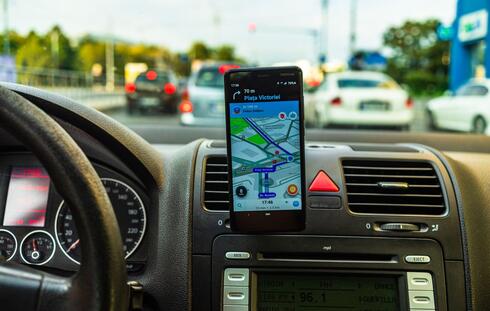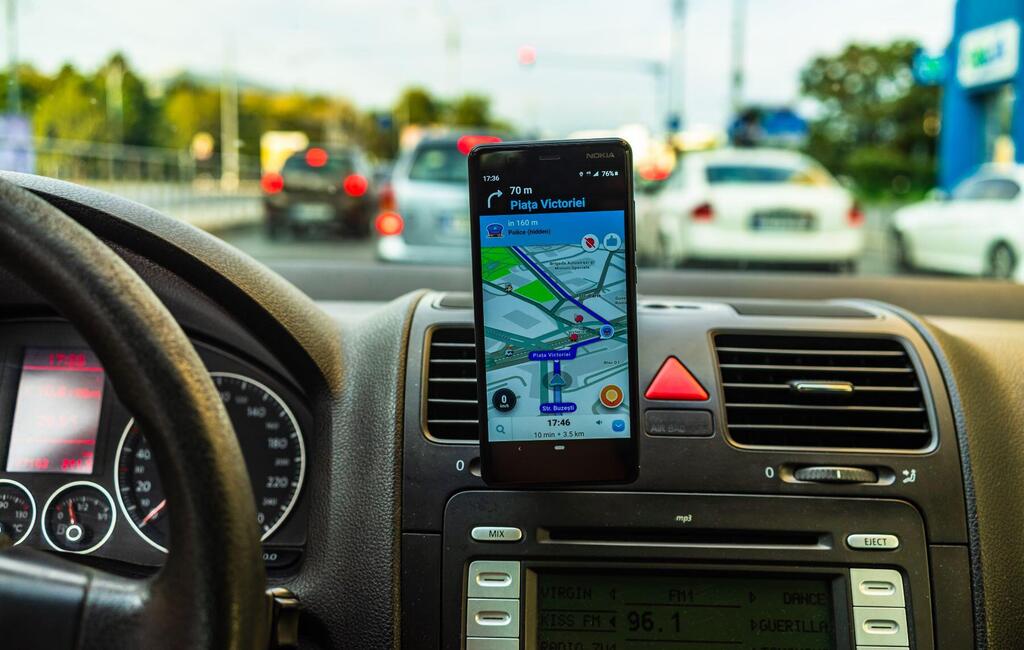
Waze resumes real-time traffic updates in Israel despite war
The navigation app has restored live traffic information in coordination with the IDF's Home Front Command. Google Maps has also partially restored its traffic display, while Apple’s service remains disabled
The Waze navigation application resumed displaying real-time traffic updates in Israel on Sunday for the first time in two months. This decision was coordinated with the IDF’s Home Front Command. Simultaneously, Google Maps has also partially restored its traffic display.
Following Hamas' murderous attack and the outbreak of the war in Gaza on October 7, navigation apps in Israel, including Waze (owned by Google), Google Maps, and Apple Maps, ceased showing users traffic congestion and driver reports. This was in accordance with Home Front Command instructions, citing concerns that such displays could compromise security by providing information on security force movements or rocket impact locations to Israel’s enemies. Despite this restriction, the applications continued to collect data for calculating travel routes, but the end users could not see this information.
On Sunday, based on updated situation assessments and in coordination with the Home Front Command, Waze fully reinstated real-time traffic updates, allowing all users to view the latest traffic conditions in the application. In Google Maps, the display has been partially restored, focusing on traffic within the user's navigation route. Apple has yet to reinstate real-time traffic in its app.
"As more drivers return to the roads, we update Google and Waze maps so that users in Israel and Gaza can see the traffic situation in real-time along their route as they navigate. Traffic loads and the layer of information about them in Google Maps are still disabled," read a Waze statement.
According to Google, suspending these services in war zones is not unusual. In the early stages of Russia's invasion of Ukraine, Google disabled its real-time mapping services to prevent the tracking of military movements and civilians seeking shelter. Reuters reported that Google complied with requests from Ukrainian authorities at the time.














